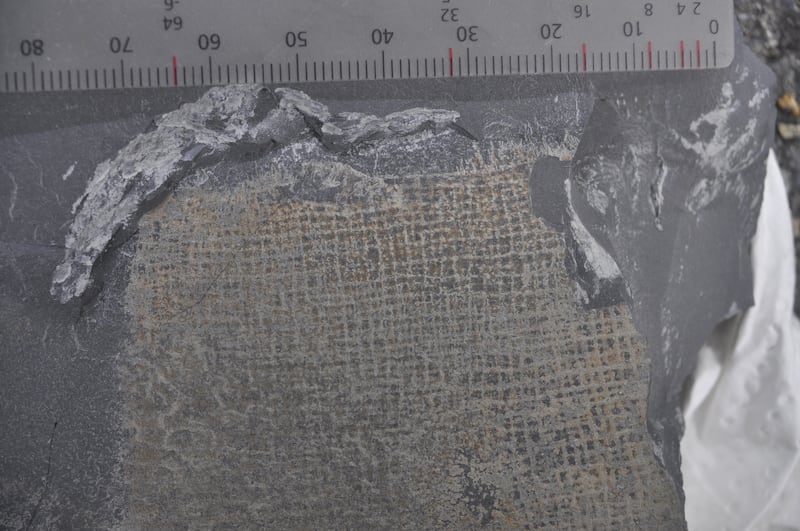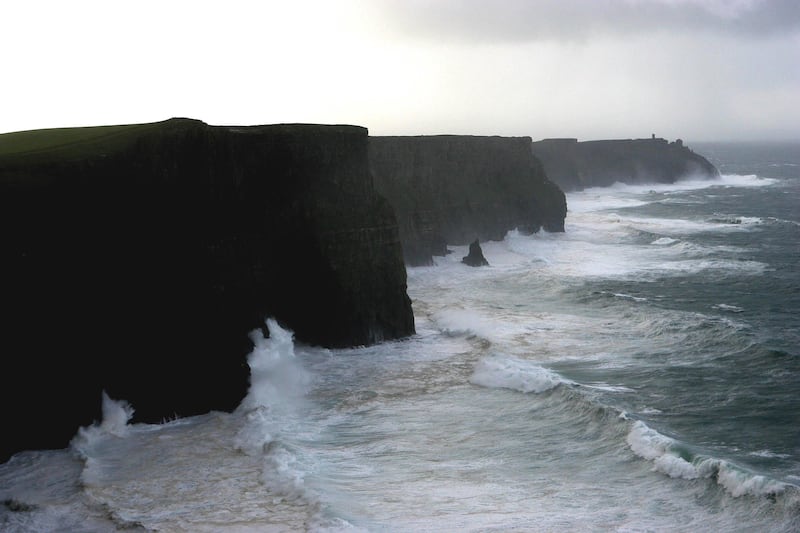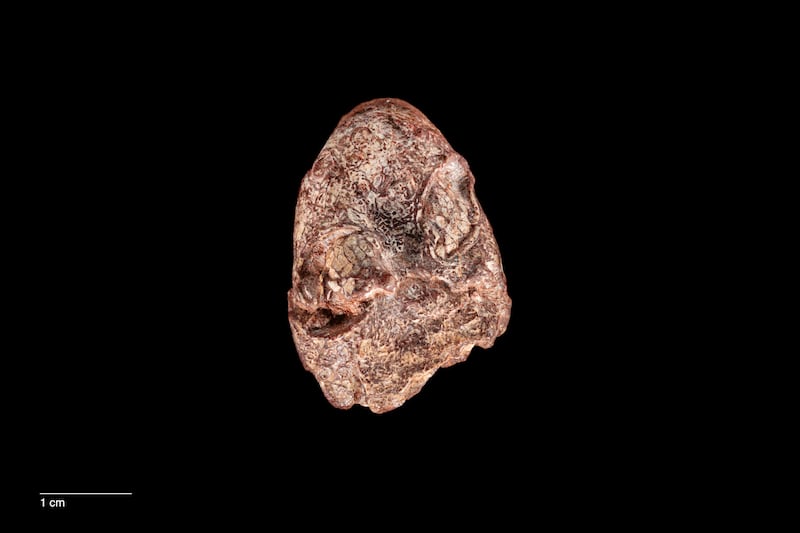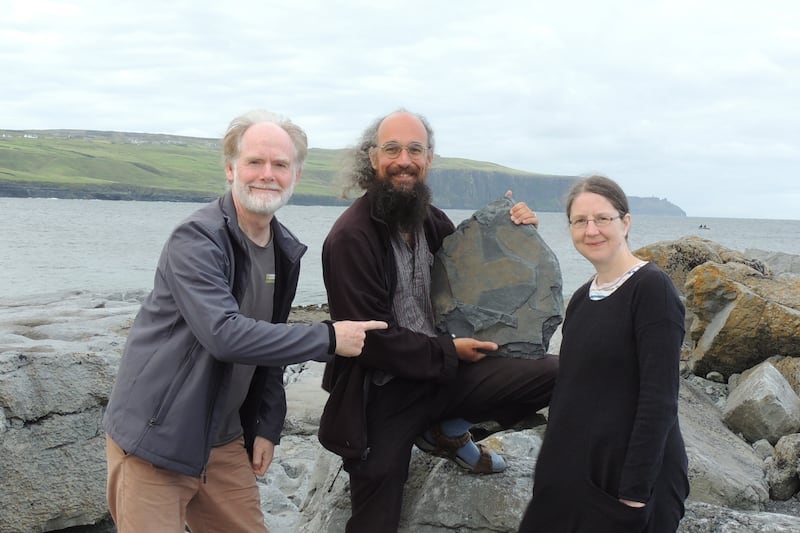A new species of fossil sponge dating back hundreds of millions of years has been discovered off the west coast of Ireland.
The 315-million-year-old sponge, named Cyathophycus balori, is up to 50cm tall and is the largest known example of its kind anywhere in the world.
It was discovered in the rocks that make up the Cliffs of Moher in Co Clare and dates back to a time when the region would have been located close to the equator.
When it was alive, the vase-shaped sponge featured a circular opening at the top surrounded by a ring of eyelash-like structures – similar to a Venus flower basket sponge which is found in the Pacific Ocean.
The new species was named after the mythological giant Balor, whose eye was said to have killed anyone it gazed upon when open.
The sponge was discovered by geologist Dr Eamon Doyle who works with the Burren and Cliffs of Moher Unesco Global Geopark.
He said: “This is an exceptionally large example of a type of fossil sponge that was previously only known from much older rocks elsewhere in the world.

“It is the first record of this type of fossil sponge from Ireland and its excellent preservation is highly unusual.”
Sponges are creatures with a basic body plan, they do not have a nervous system or circulatory system, but they are abundant and form an important part of our biodiversity today.
They filter large volumes of water for the microscopic organisms that they feed on.
Dr Doyle said: “The sponge was originally composed of a rectangular meshwork of tiny spicules made of silica, held together by a thin organic membrane.
“When they die, they usually fall apart quickly, and often only scattered remains of the spicules are preserved as fossils, so I was delighted to find these largely intact specimens.”
He added: “The excellently preserved fossil dates back to a time when the Atlantic Ocean had not even started to form and what we now call Co Clare was part of an earlier sea, located near the Equator.
“Discoveries like this help us to promote awareness about the wonderful geological legacy we have on our doorstop here in Co Clare and to encourage a new generation of palaeontologists, that is, geologists that specialise in the study of fossils to visit and learn more about the unique geology of Ireland’s west coast.”
The new discovery has been published in the latest edition of international geological journal Geobios, with the collaboration of lead author and international fossil sponge expert Dr Joseph Botting and co-author Dr Lucy Muir, both honorary research fellows at National Museum Wales (Amgueddfa Cymru).

Dr Botting said he was “amazed” to see the size and state of the fossil.
“This find offers important insights into the evolution of sponges and how some species can survive in niche environments where few other species can live. Finding such large and intact specimens is exceptional,” he said.
Dr Muir added: “This is a wonderful find and reminds us that there are still new and interesting fossils to be found which help us understand the story of life on earth.”









